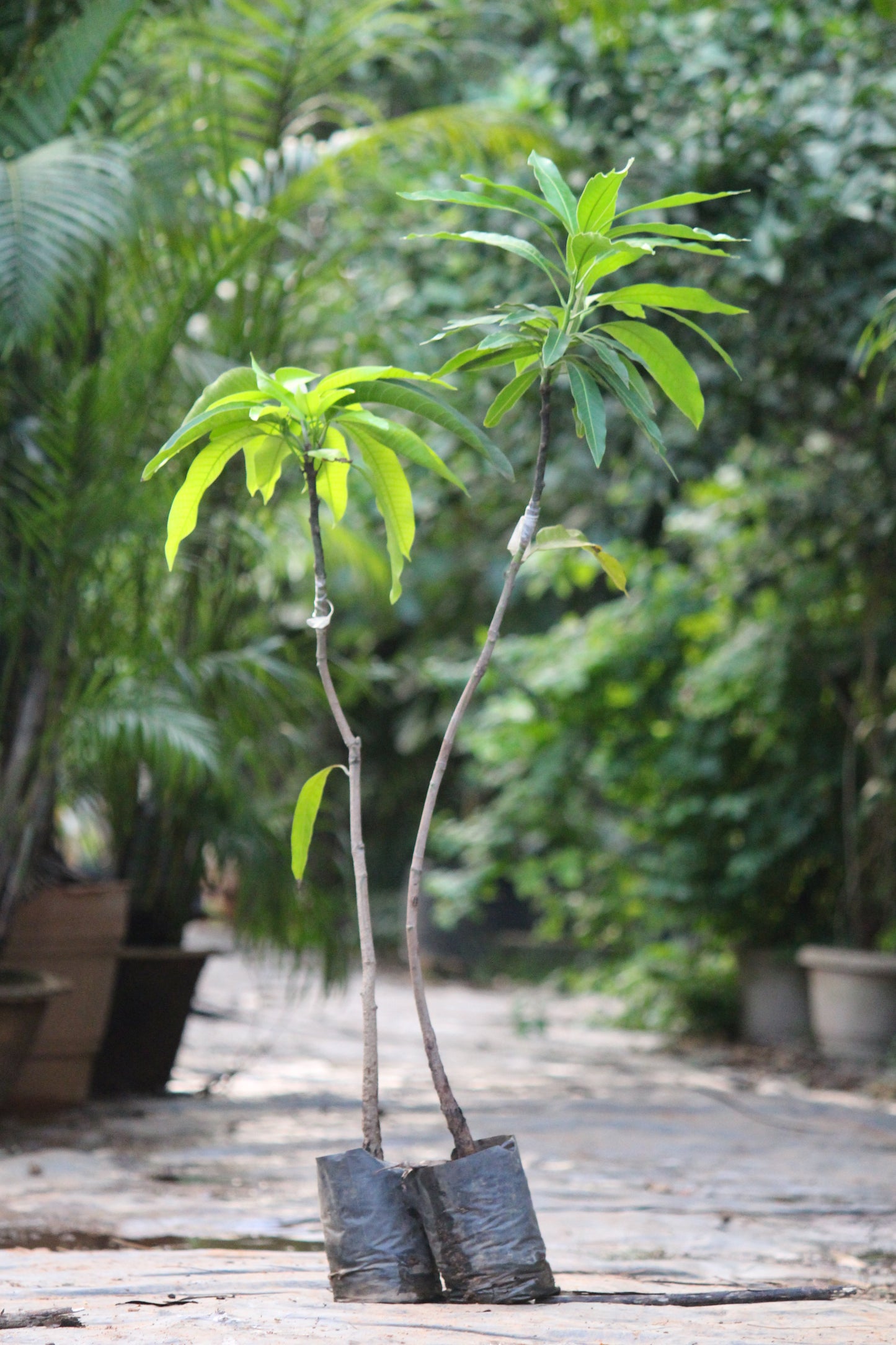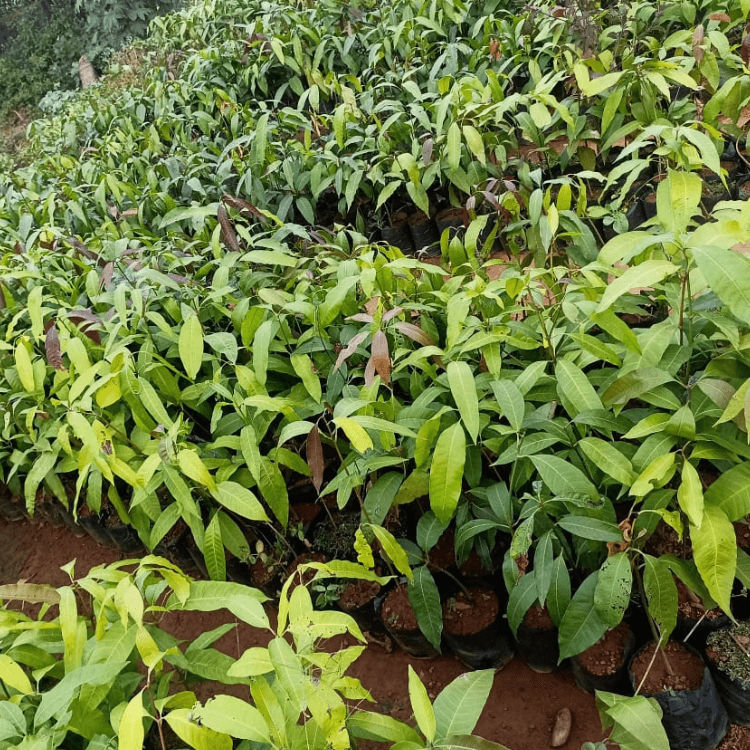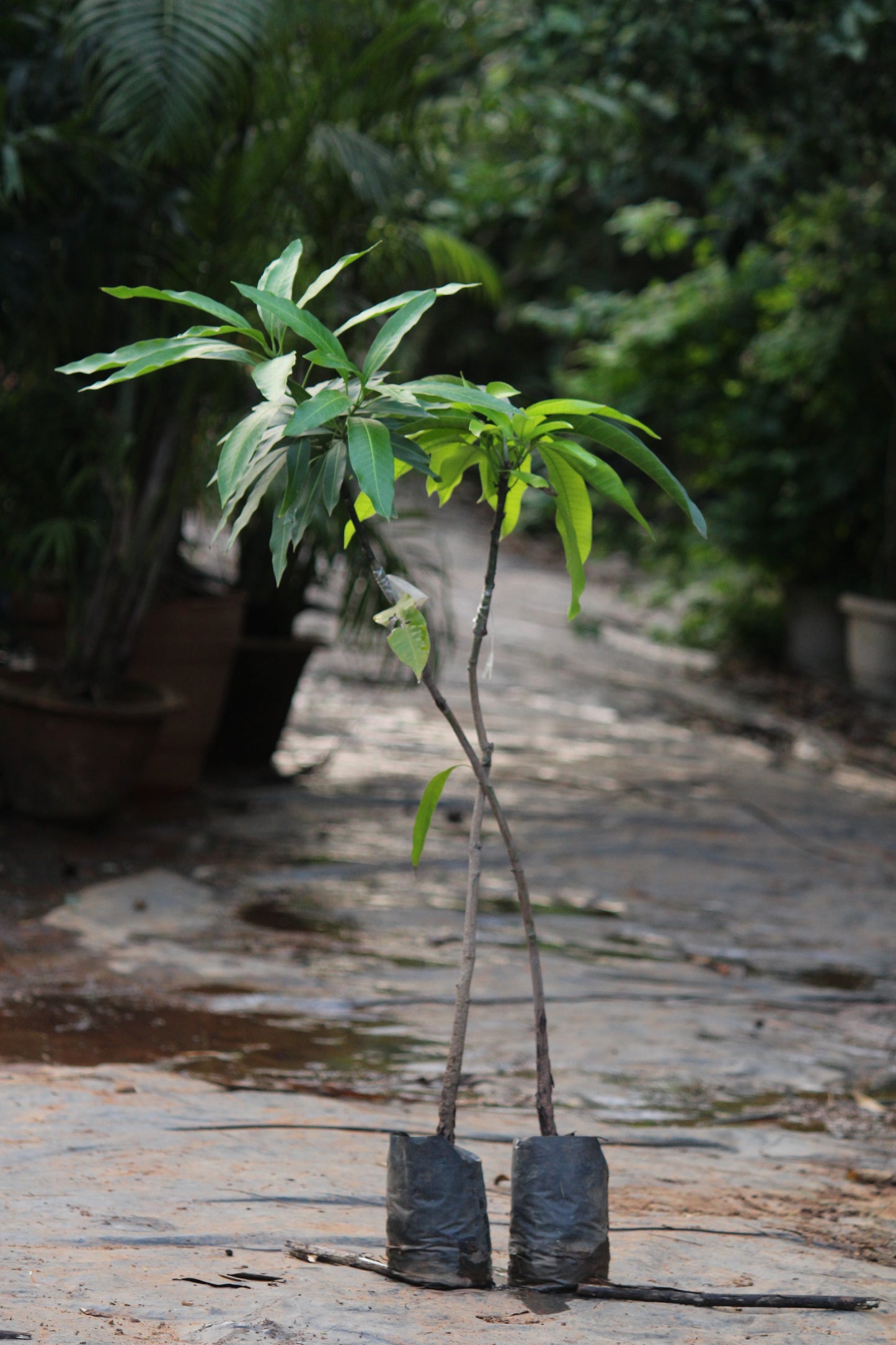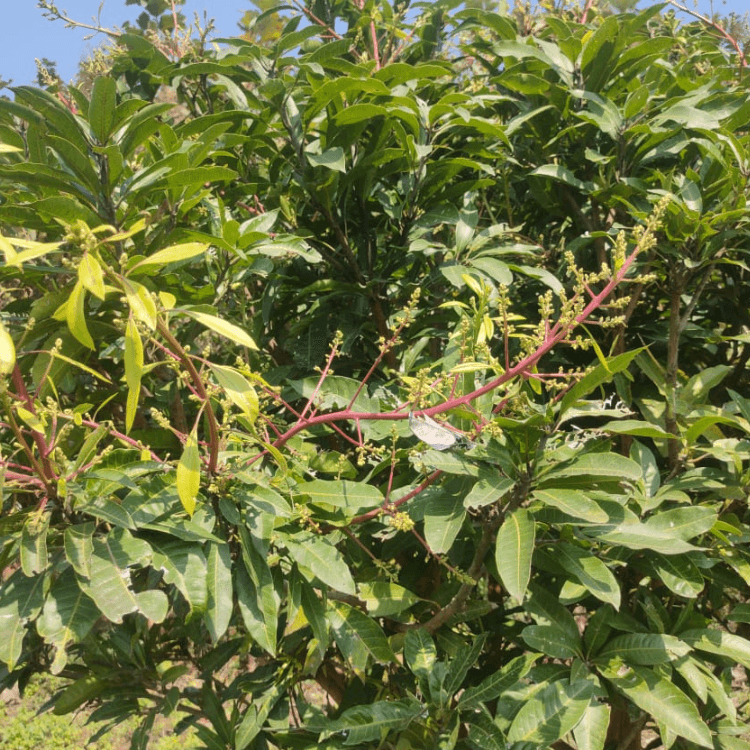agriyumfoods
Amrapali Mango Sapling - Grafted
Amrapali Mango Sapling - Grafted
Couldn't load pickup availability
The mango is a juicy stone fruit (drupe) that is a member of the genus Mangifera, which includes a variety of tropical fruiting trees that are mostly grown for their edible fruit.
Most of these species can be found as wild mangoes in nature. The Amrapali mango tree is a dwarf, cluster, regular bearer. Fruits that bear well and are of good keeping quality. It has deep orange-red flesh. It can be exported because it has a long shelf life of one week after it is mature. It is also among the priciest varieties of mango and is mostly farmed in western India. India's most important fruit crop is the mango, which is revered as the supreme fruit. In India, the tropical fruit is known as the King of Fruits.
The tree, which has been around for more than 4,000 years in India, was transported by the Portuguese to South America, by Indians to other parts of South Asia, and by others to other tropical areas. An optimal climate is necessary for mango trees to grow. Being a tropical fruit, it requires lots of sunlight to thrive and produce fruit. Mangos have a wonderful flavor, and excellent aroma, and are high in vitamins A and C. The tree is naturally hardy and requires relatively little upkeep.
Typically, planting takes place in irrigated areas in February and March and in rained areas in the months of July and August.
A 10 x 10 m planting space should be used. Make 1 m x 1 m x 1 m trenches. Fill in with 10 kg of FYM mixed with dirt.
Planting And Care
- Dig a 12-inch-deep hole in the area of your garden that receives the most sunlight.
- Dig a slightly deeper hole if the plant is a little larger.
- Additionally, before planting the tree, amend the soil with fertilizers and plant food.
- After planting the tree deeply, compact the dirt.
- Control the weed, but make sure the soil is loosely packed to improve water absorption.
The mango kernel also includes 8-10 percent high-quality fat that may be used for soap and as a substitute for cola in confectionery. The ripe fruits are utilized for making a variety of products, including squashes, syrups, nectars, jams, and jellies in addition to being consumed as dessert.










